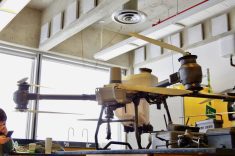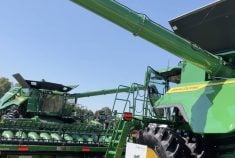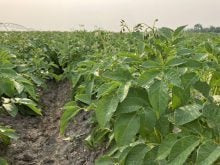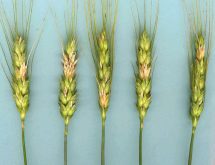Glacier FarmMedia – The days of applying fertilizer and other inputs in a blanket fashion across entire fields are coming to an end.
With the advent of GPS integrated data loggers and yield maps, farmers no longer need to guess when it comes to applying expensive inputs, said precision agriculture expert Alex Melnitchouck.
“Yield is an integrated result of over 140 base factors influencing the development of a field crop,” said the chief technology officer at Alberta’s Olds College.
Read Also
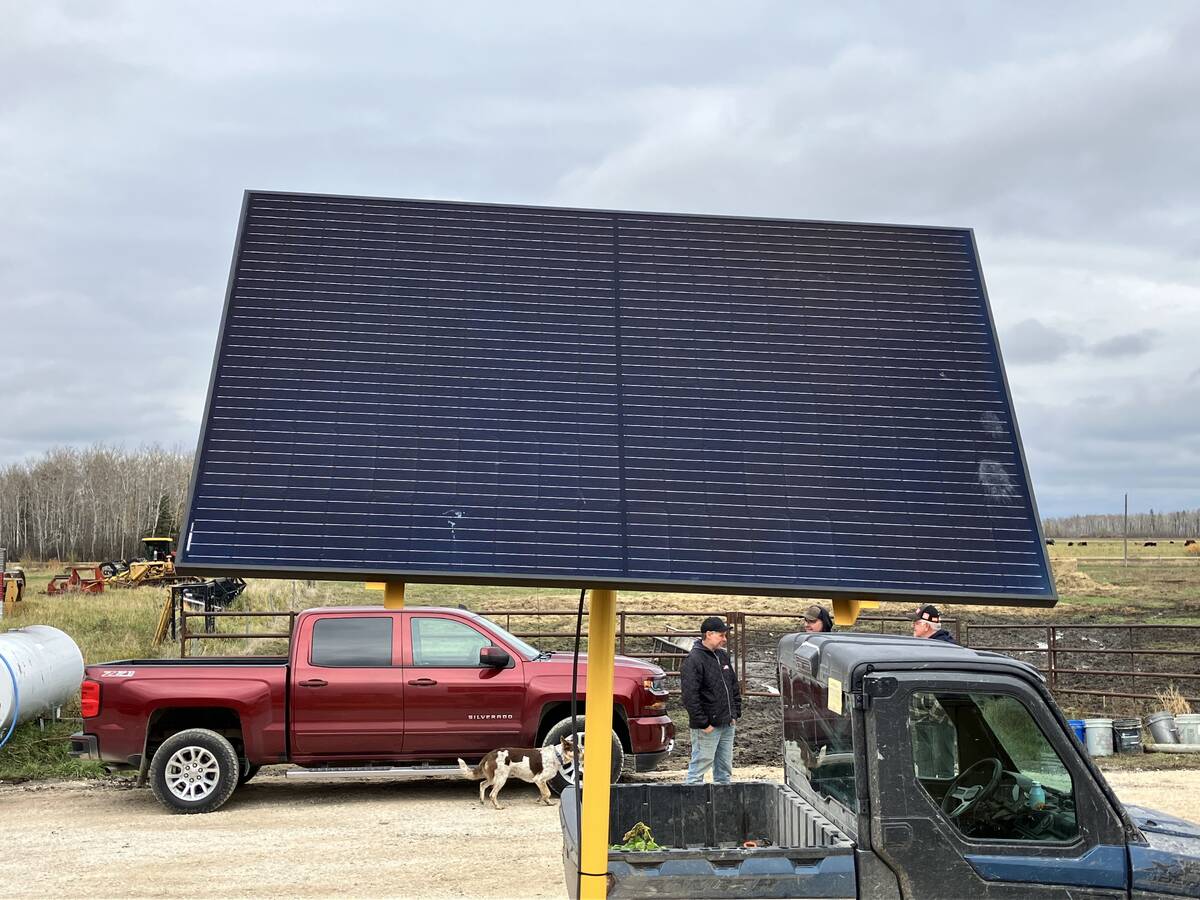
VIDEO: Watering system a cattle health win
Portable livestock watering system helps Manitoba beef producer combat foot rot cases on pasture.
“Soil is probably the most precious resource and yield information the most precious data on the farm. It’s something that provides integrated information about all those factors all together acting as one whole.”
To take their farms to the next level, producers will need to collect and interpret comprehensive yield monitoring data, said Melnitchouck.
[RELATED] Agricultural digitization and environmental practices go together
Data driven agriculture is the future of farming, but there’s a steep learning curve.
“If you want to plan your fertility program, if you want to know your low and high yield potential zones, if you want to use variable rate technology for fertilizer application, or you need to know what’s in your soil, but you also need to know how much your crop can remove from the soil, then start using yield monitoring data,” he said.
Yield variability across fields can be extreme, he said, noting 500 to 700 per cent variances aren’t unusual. Yield monitoring data and yield maps are critical for knowing the productive potential of each part of a field.

“And it’s significantly under-utilized,” said Tyler Lefley, CEO of Dark Horse Ag Ventures, a company that helps farmers with yield maps and data interpretation.
“Precision agriculture has been so focused on measuring inputs that we kind of forgot about measuring the absolute product of those inputs in our yield.”
Small changes in farming practices can have a large economic impact, said Lefley.
“There are a lot of questions that can be answered on the farm level in terms of return on investment. Farmers can really utilize this in correlating their yield to their practices.”
[RELATED] Rise of precision agriculture exposes food system to new threats
Two fundamental data layers are needed when it comes to planning fertilizer rates, added Melnitchouck — soil nutrients in each part of a field and nutrient uptake.
“If you don’t have enough nutrients in the soil to achieve your yield goal, you need to fill the gap with fertilizer,” he said. “If you know the yield potential across a field, the only way to analyze that yield potential in bushels per acre is utilizing yield monitoring data.
“If you know your yield potential, and you take soil tests, you can calculate precisely what fertilizer needs to be added. If you don’t analyze field variability — you just apply a blanket approach — you can under-fertilize in some areas or over-fertilize in others.”
[RELATED] Grainews: Observe, monitor and record these factors in your fields this fall
Data into dollars
Melnitchouck predicts that air drill technology will evolve to the point where a rig will be able to take previously collected yield data and automatically adjust fertilizer rates as it moves across a field.
But even using present-day mapping technology, farmers can increase fertilizer efficiency by 20 to 25 per cent, he said. That sort of improvement would take producers most of the way to the federal government’s target of reducing greenhouse gas emissions of 30 per cent by 2030 (compared to 2020 levels).
“In this case, you just use the right technology for the right purpose, and you will get that result with no restrictions,” said Melnitchouck.
Although yield monitor technology on modern combines collects reams of data, it is often in a raw state that needs “cleaning” by a trained professional before a yield map can be generated, said Lefley.
Even new combines don’t collect perfect data. There will be false readings, outlier numbers and anomalies, but getting good data is worth the effort.
“If a farmer really … has a really calibrated combine, the need for cleaning can be minimized,” he said.
The end goal isn’t the highest-possible yield. It’s making every acre as profitable as it can be, said Lefley.
“So how do we measure profitability across a farm?” he said. “We can rank every field on the farm based on profit and figure out answers to questions like: Is that five-year lease worth renewing? And alternatively provide insight on the cost of missed opportunities.”
The trend toward automation in agriculture is undeniable, said Melnitchouck.
It may take another decade for technology to mature, but farms will increasingly use data to drive change.
“The farming industry is not interested in yield data by itself or soil data by itself. The farming industry is interested in something that solves a certain problem,” he said. “When you look at yield data, you can potentially solve several problems at the same time.”
– This article was originally published at the Alberta Farmer Express.



